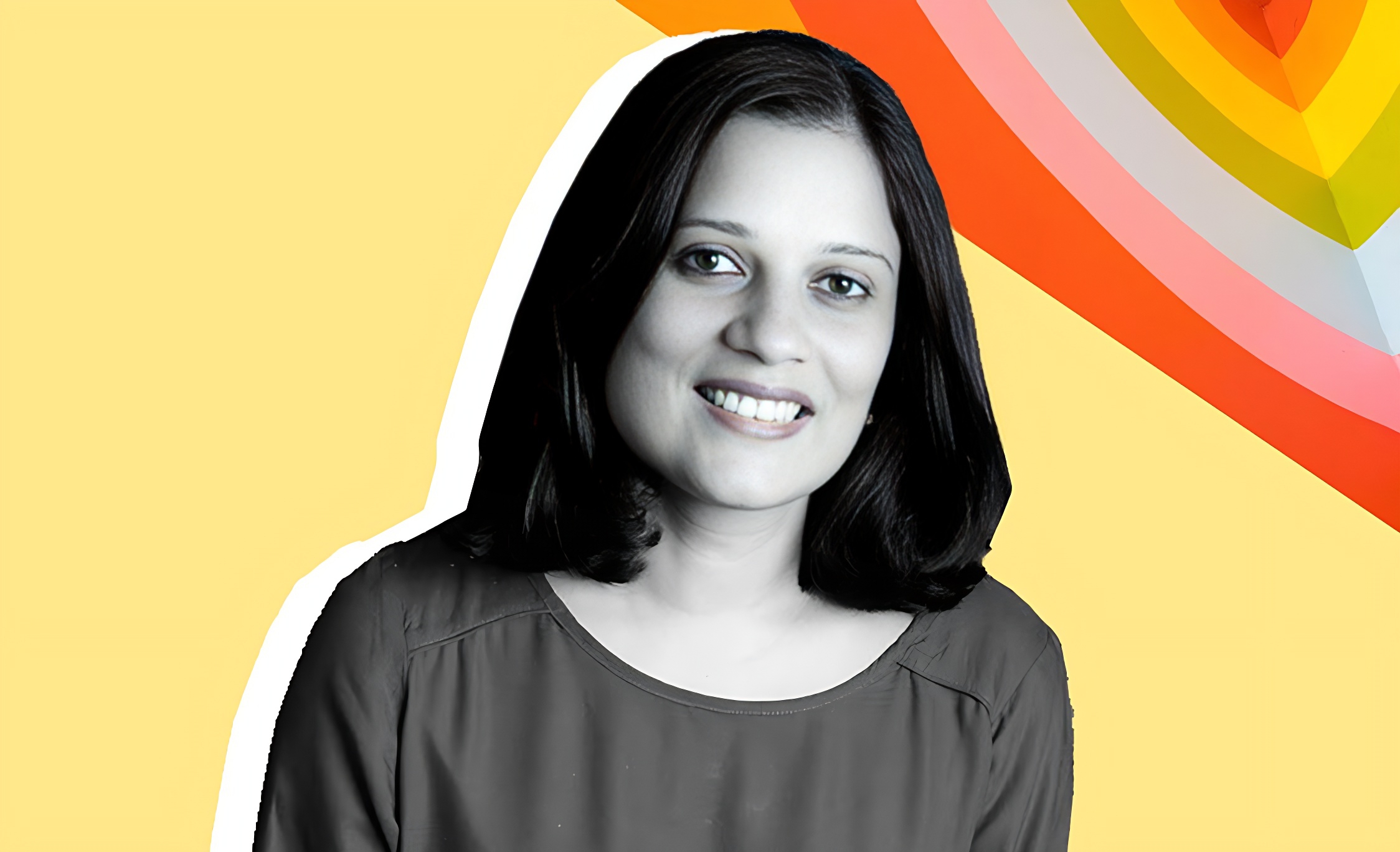Documenting a group of women almost erased from history is no small feat. Kavitha Rao’s work gives me hope. It tells me that perhaps one day, I, too, would achieve what she did.
The author of ‘Lady Doctors: The Untold Stories of India’s First Women in Medicine’, Kavitha Rao, was inspired by a Google Doodle of Rukhmabai Raut, a child bride who was not only one of India’s first divorcees but also a pathbreaking female doctor.
Her inspiration became a mission to document the lives and work of the first women doctors of the country, forgotten by history.
In an interview with The Times of India, Kavitha talked about how Indian women were treated. She said lady doctors were called “a traitress to their sex.”
“Kadamabini Ganguly was called a whore, Rukhmabai Raut was called dissolute, and compared to an adulteress, a thief or a murderess. Haimabati Sen was threatened with death when she won a gold medal. Mary Poonen Lukose was criticized for her foreign education and told that she needed to cultivate ‘Indian manners’,” she said.
Kavitha Rao is a 14-year freelance journalist who has written news, features, and commentary for various international newspapers, magazines, and websites.
She was born in Bangalore, India, but has spent most of her life abroad. She grew up in the United Kingdom, Iran (where she escaped just before Khomeini took power), and Bahrain.
She returned to Bangalore and earned a double degree in arts and law from India’s top law school, the National Law School. She left the law because she was tired of lawyer jokes, according to her about page. Instead, she moved to Mumbai to work as a legal correspondent for The Economic Times (India’s best-selling financial daily, with a circulation of over 400,000).
“I got itchy feet after two years of explaining the difference between injunctions and injuries to readers who couldn’t care less,” she states on the about page of her website.
She left India in 1996 to travel the world and write about the handover, the Bangkok economic crisis, the restoration of the Sphinx in Cairo, and the Aum Shinrikyo cult in Tokyo.
She returned to India in 2006, hoping to write about the country’s rapid social, economic, and cultural changes. She mentions on the page that her international background prepared her to write on various topics.
“I believe my international background has prepared me to write about almost anything, which I do.”
In 2021 she published “Lady Doctors”, a book about India’s first Female doctors.
“A crater on Venus is named after India’s first woman doctor, Anandibai Joshi, but not a single road or school in India”, the Lady Doctors reads.
Kavitha Rao’s Lady Doctors tell the extraordinary stories of six women who lived from the 1860s to the 1930s and defied the notion that they were unfit for medicine because of their gender.
Anandibai Joshi broke caste rules by crossing an ocean; Rukhmabai Raut escaped a child marriage, divorced her husband, and studied to be a doctor.
These stories stand as lessons for modern women in their forgotten lives. In reality, the compelling stories of these radical women have been obliterated from our textbooks and memories because history has been written primarily by men.

Leave a Reply